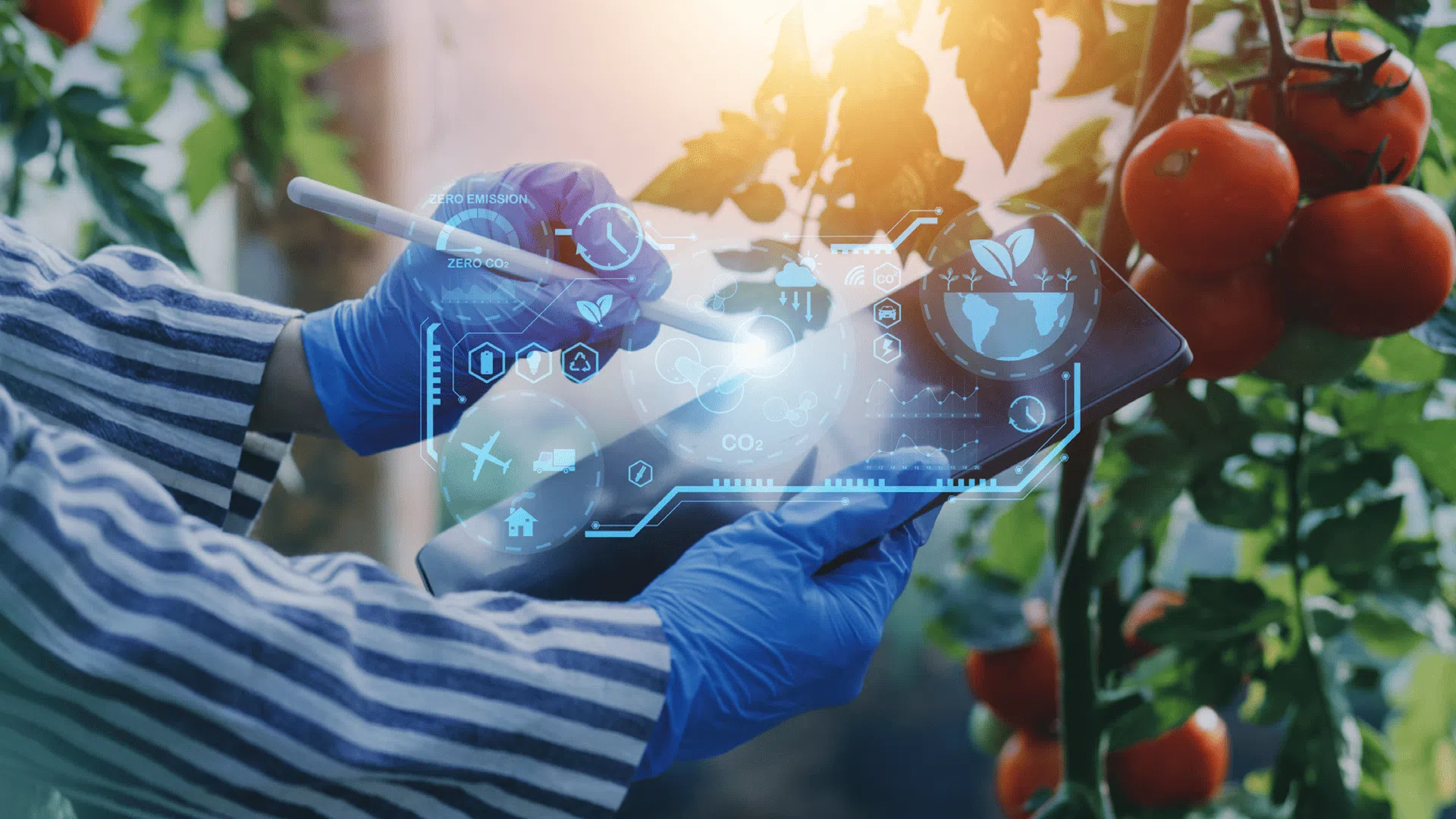Guide to food safety audits: protect consumers, meet GFSI standards and simplify prep with ERP.

Summary: Food quality requires more than compliance with regulations; it plays a decisive role in consumer trust and health. Companies carry the responsibility for strict quality controls throughout the entire supply chain. Digital software solutions support them in meeting high standards and ensuring hygiene, traceability, and labeling.
Food quality means more than just adhering to regulations. It directly influences the health and trust of consumers. Only when food and beverages meet strict requirements for taste, texture, nutritional value, shelf life, and safety can they succeed in the long term. Companies in the food industry bear tremendous responsibility – a responsibility that does not end with production.
But what does effective quality control look like? Which testing methods are essential, and how can digital solutions support companies in this process?
The quality control of food and beverages covers the entire supply chain – from raw material checks to production and final inspection. Only those who set the highest standards from the very beginning can build lasting success with retailers and customers.
Food safety and food standards are extremely important for food quality, as they define the minimum requirements for hygiene, protection, traceability, packaging and labeling of food and are an integral part of quality management processes in companies.
Food quality encompasses sensory, physical, chemical, microbiological, and nutritional properties. These directly influence safety, taste, appearance, and nutritional value, making them essential for both consumers and manufacturers.
However, the definition of food quality varies depending on perspective:
Clear, transparent criteria are necessary to evaluate the quality of food objectively and to build long-term trust in brands and products.
Quality control includes various testing methods:
Quality testing is carried out in several stages:
This multi-stage testing helps detect quality issues at an early stage, preventing recalls or reputational damage. Because quality that inspires creates trust that lasts.
Legal requirements check and ensure that the regulations on food and beverage quality control are met. Particularly important frameworks and guidelines include:
EU regulations define the general and specific requirements for food hygiene, the handling of animal by-products, contaminants in food, additives, flavorings and enzymes, novel foods, genetically modified foods, traceability, and the rapid alert system.
Some of the most relevant EU regulations in this area are:
This provides the legal framework for food safety, including definitions, objectives, principles, and general obligations of the actors in the food chain.
This sets general hygiene rules for food businesses. It covers, among other things, HACCP principles (Hazard Analysis and Critical Control Points), the registration and approval of food businesses, staff training, and pest control.
This specifies production requirements for food of animal origin. These include requirements for slaughtering as well as the cutting, cooling, processing, and storage of fish, meat, eggs, milk, and honey.
This establishes health rules for animal by-products and derived products not intended for human consumption. It covers categorization and collection, transport, storage, treatment, use, and disposal of these products.
It sets maximum levels for contaminants in food. These include, for example, heavy metals, mycotoxins, dioxins, and residues of plant protection products.
The regulations of the FDA set standards for the safety and quality of food in the United States. They also include Good Manufacturing Practice (GMP), preventive controls, the Food Safety Modernization Act, nutrition and allergen labeling, and the import of food.
The Codex Alimentarius Commission develops globally recognized standards, guidelines, and recommendations for food safety and quality. The goal is to protect consumer health, prevent unfair trade practices, and strengthen international cooperation. The organization deals, among other things, with food hygiene, contaminants, additives, and residues of pesticides and veterinary medicines.
Regardless of which requirement or framework is applied, they apply to all actors in the food chain. If national or international monitoring and control systems identify violations, sanctions follow. These can include fines, product recalls, closure of businesses, or criminal prosecution.
Food control is ensured by various actors. They monitor the quality and safety of products through regular quality audits, inspections, and testing procedures.
Food producers must comply with legal requirements, establish quality controls, and implement processes such as HACCP, traceability, and supplier evaluation.
Authorities check compliance with hygiene and labeling regulations, take samples, and impose sanctions in the event of violations.
Independent laboratories carry out residue analyses, certifications (ISO, IFS, BRC), and sensory tests for quality control.
They also play a role by evaluating the quality of food and reporting irregularities to producers or authorities.
The meat industry requires high standards in animal health and welfare, slaughtering, and product traceability. Particularly strict hygiene regulations also apply to prevent pathogens such as Salmonella or E. coli.
The dairy industry must ensure the quality and safety of raw milk and its products such as cheese and yogurt, and guarantee that the cold chain is maintained.
The bakery industry is obliged to ensure the freshness, aroma, consistency, and shelf life of its products. In addition, composition and ingredient labeling must be observed, especially with regard to allergens.
The beverage industry must verify the quality and purity of raw materials such as water, fruit, grain, and hops. The same applies to end products such as juice, beer, or wine, for which fermentation, filtration, pasteurization, and bottling must also be monitored.
Modern software makes quality control in the food industry significantly easier. It ensures that automated quality checks are seamlessly integrated into the production process, that test reports and certificates are fully documented, and that batches can be traced from raw material to finished product. It also supports supplier evaluation by automatically analyzing quality data and helps companies comply with international standards such as HACCP and ISO 22000 – preventing violations and sanctions.
The industry-specific ERP solution from Yaveon brings all of this together in one central system:
With the industry-specific ERP solution from Yaveon, companies always keep an eye on the quality of their products – ensuring maximum safety and efficient, compliant production.
 Everything about food safety audits – Beitrag öffnen
Everything about food safety audits – Beitrag öffnen
Guide to food safety audits: protect consumers, meet GFSI standards and simplify prep with ERP.
 How to trace food and beverages safely – Beitrag öffnen
How to trace food and beverages safely – Beitrag öffnen
Traceability means being able to track food throughout its entire life cycle. We explain how you can guarantee this.
 Sustainability in the food industry – Beitrag öffnen
Sustainability in the food industry – Beitrag öffnen
How an ERP system for food production helps to reduce waste, lower CO₂ emissions and promote sustainable processes.